ABB’s latest welding and joining technologies in the bodyshop promise to boost productivity while making the entire process simpler

The global automotive industry is a very dynamic one. With shorter product cycles, customers demanding more bespoke vehicles and a growing shift away from gas-powered cars to electric or hybrid alternatives, the need for flexibility on the production line has never been more important.
While the bodyshop has often been the most advanced in terms of robotisation and automation that have boosted productivity and efficiency, new trends in the automotive market demand even more flexibility and innovation.
The move from internal combustion engines (ICEs) to electric vehicles is changing the way car bodies are built, with the need to reduce vehicle weight leading to the wider use of lighter materials including aluminium and carbon fibre. These new materials require different joining methods, such as self-piercing rivets, gluing and bonding, and laser welding, all of which need to be performed in the same bodyshop. To support these processes an ecosystem of intelligent, data-backed welding and joining techniques has been developed.
Conventional glue-dispensing applications have an external system that requires a plethora of equipment, including a PLC to communicate between the robot and the pumps, many metres of cabling and extra controls for pumps. This makes the glue dispensing process complex and time consuming.
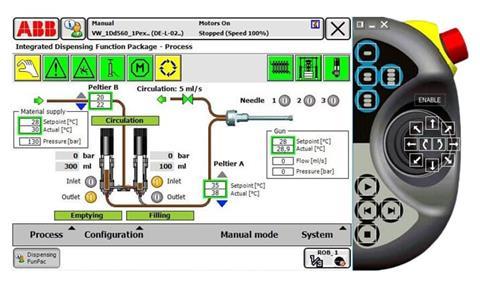
To enable fast and accurate gluing, ABB has developed an Integrated Dispensing Function Package (IDFP), a one-of-a-kind solution where the dispensing process is integrated into the robot controller.
This setup requires only one PLC per robot, drastically reducing the amount of equipment and floor space needed for the robot to function. The inherent digital capability through the controller supervises every aspect of the process including bead quality, glue consumption, temperature and pressure for each produced part. Unlike conventional dispensing systems that can be operated only by specially trained workers, commissioning on ABB’s IDFP can be undertaken by a single operator with simple training. Due to less cabling and PLC programming requirements, the IDFP can also be installed and commissioned within a short time.
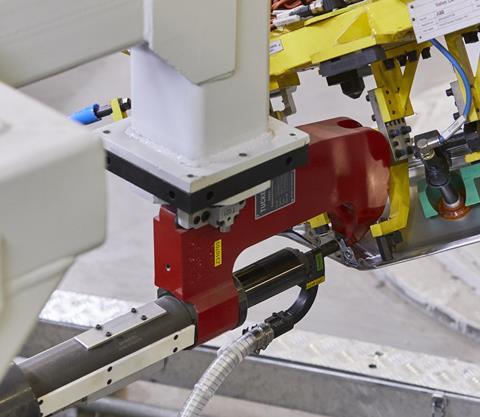
The next level
On the welding side, robot-based automation has been around for some time, increasing efficiency of the intricate process of welding parts of the car body together, while minimising scrap, consistently increasing quality as well as improving the working environment due to a lower need for human intervention. Today, automotive customers are asking us to help them take automation to the next level, with maximum performance and optimum use of space while maintaining a higher degree of flexibility.
The answer to this is to not only make welding more efficient, but to also find ways to enhance quality and protection. Innovations include the ABB FlexGun spot-welding gun, whose modular yet completely integrated design is ideal for high performance, even in short cycle times. Helping to improve quality and welding accuracy is the ABB FlexFramer, which uses geometric tooling in both the handling and positioning of the car components to offer high precision welding operations.
Adding flexibility to the bodyshop are intelligent framing systems like the ABB GateFramer – a modular car body framing solution that can frame up to six different car models. This allows multiple car models to be produced on the same production line, thus reusing the investment across these models. It also allows the introduction of future models onto the same line.

ABB’s tooling jig changer system, ModulFlex, enables different sub-assemblies to be produced in the same station, allowing for faster changeover and maximum reuse and return on investment. Unlike earlier production setup, where supporting jigs would have to be designed for each car model, new-age bodyshops now use FlexPLP linear positioners from ABB that haver three positioning axes to support several car models on the same line.
A new approach to manufacturing
As the automotive market looks ahead, it may be difficult for product planners to predict how the market will look 10-15 years from now. One way to future-proof the manufacturing line is to increase flexibility at every level. As customer demand becomes more varied, the manufacturing process needs to become more flexible, giving rise to the need for a completely different bodyshop process. While the welding and joining technologies remain largely the same, a new way of simplifying and speeding up the manufacturing process is by creating a racks-free manufacturing setup that replaces fixed-line manufacturing with cells that each contain a robot, welding and joining equipment, and a separate logistics application that uses automated guided vehicles (AGVs) to transport equipment and car body parts directly from the storage area.
The racks-free manufacturing factory setup is currently being introduced to some major carmakers with very significant benefits. The setup is scalable and can be easily modified to suit the current needs of the manufacturer, without any disturbance to other cells in the factory. This gives manufacturers the flexibility they need – today and in the future – to quickly switch between various welding and joining tools, as and when required with minimal disruption.
The future is digital
Digitalisation is fast becoming the key enabler to boost productivity on the automotive factory floor, with actionable data leading to better utilisation of welding and joining equipment. One key opportunity for improvement is enhanced quality control as provided by ABB’s digital 3D vision and metrology, which uses 3D white-light scanning sensor technology to inspect parts as they are manufactured, instead of after the completion of the process. The technology, which is part of the portfolio of ABB Ability digital solutions that connect customers to the industrial internet of things – enables a high level of automation with advanced data analysis, leading to more flexible, high quality car manufacturing.






























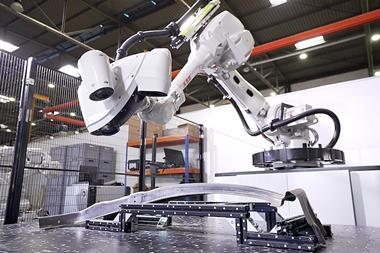
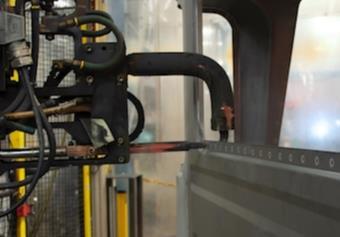
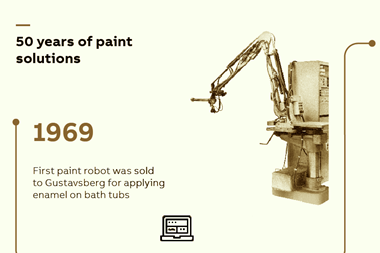
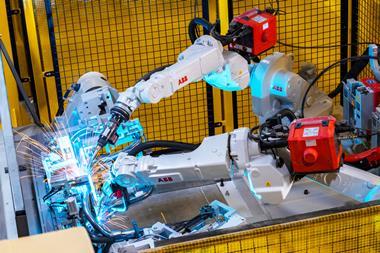
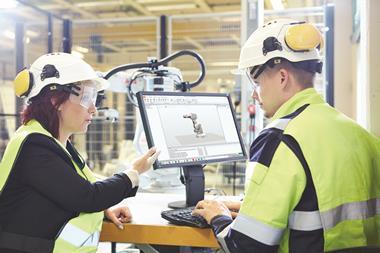




No comments yet